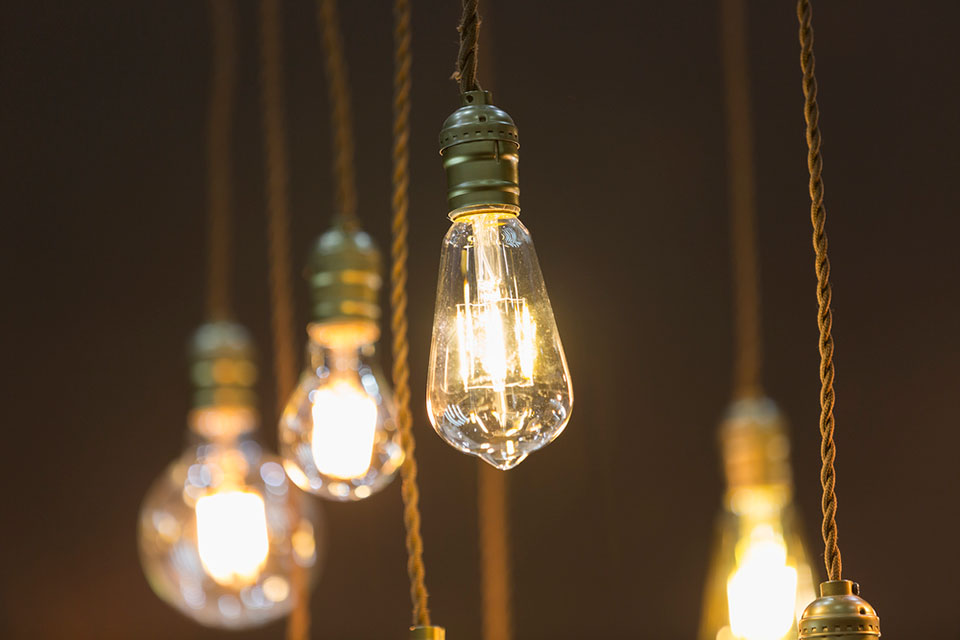Reasons Why LED Bulbs Are Considered a GREEN Technology

If you are thinking about lighting up your workspace or holding a big event with the environment holding an intricate part of your life, you should consider going heavy-duty LED. Unlike the previously famous filament bulbs, LEDs are greener and colorful; they leave a definite feeling of satisfaction every time you stare at them. However, what is it with these bulbs that make them kinder to the environment?
LEDs are powerful, but intriguingly they use as little energy as possible. Additionally, LEDs have no mercury, have no filaments that consume a lot of electricity, and, lastly, are not made of glass. Most heavy-duty LED bulb manufacturers such as Phoenix also follow strict rules for manufacturing light bulbs, making them safe for the environment and people who enjoy their services.
In 5 years, if you had an LED lamp alongside the conventional filament-based types that used mercury, you will likely have changed the latter while the LED is still lighting up your work area or government premise. When doing some simple arithmetic, you will appreciate LED lamps more than mercury lamps. Mercury lamps have an estimated life span of 2 years, meaning that you will have to worry about disposing of the lamps with hazardous material every second year. However, with an LED, you have at least five years if everything remains suitable with your power supply, and they do not contain hazardous material, meaning that it will take you a long time to worry about disposal.
Why are LEDs more environmentally friendly?
LED lights have numerous environmental advantages including energy efficiency, compared to other bulbs due to the material used to make them. However, how do manufacturers make this possible?
- Low radiant Heat
Manufactures did away with filaments in the traditional bulbs that produced a lot of heat, meaning that LEDs efficiently turn most electric energy to light energy instead of the heat energy in filament lamps. Therefore, at any time, LEDs use little power compared to other bulbs, which operate by heating the filament. LEDs give out electromagnetic energy, which is the light observed when electrified. A point to note is that LEDs also heat up, which can be evidenced by touching them at the base. However, most of the little heat given out goes to special diodes that dissipate them, while at the same time, the bulbs give out no infrared radiation. This feature makes LEDs suitable for artwork display areas and other heat-sensitive places. - Long life
The nature of LEDs, starting from their designs to the components, makes them ideal for use in areas where changing bulbs frequently poses a challenge. LED lights have low heat levels and are durable, making them last longer. A typical LED light can light as much as 1000 more hours compared to traditional lights, which heat up to high temperatures and any fluctuations can threaten their lifespan. LEDs work in reverse; instead of heating up to higher temperatures, they decrease their temperatures with a lumen depreciation feature, making them durable for a long time. - Energy efficiency
LEDs are brighter per wattage than traditional bulbs, meaning they can give up to 70% efficiency every time they are in use. For comparison, LED lights use at least 6-wattage when giving out a similar output as a 40-watt fluorescent lamp. Therefore, every time you light a 6-watt LED lamp, remember that you consume less electricity and emit less heat energy back to the environment. Not only do you protect the environment, but you also protect those close to you as you prevent your children from burning themselves or the fabrics around the house from catching fire.
Heavy-duty LEDs also have advantages when it comes to replacement. For instance, when renewing your lighting system or replacing a damaged one, a 60-watt bulb only gives a reduction of carbon emission of about 160kg; on the other hand, 10 LED lamps reduce the carbon dioxide emission by 1599kg, making LEDs the better option when it comes to protecting the environment.
Whether you want to light up your big event or are thinking of giving your artwork a Freshlook, the best way to go is with LEDs. Do they not only use less energy but also contain no mercury, making them greener.
Add CEOWORLD magazine to your Google News feed.
Follow CEOWORLD magazine headlines on: Google News, LinkedIn, Twitter, and Facebook.
This report/news/ranking/statistics has been prepared only for general guidance on matters of interest and does not constitute professional advice. You should not act upon the information contained in this publication without obtaining specific professional advice. No representation or warranty (express or implied) is given as to the accuracy or completeness of the information contained in this publication, and, to the extent permitted by law, CEOWORLD magazine does not accept or assume any liability, responsibility or duty of care for any consequences of you or anyone else acting, or refraining to act, in reliance on the information contained in this publication or for any decision based on it.
Copyright 2024 The CEOWORLD magazine. All rights reserved. This material (and any extract from it) must not be copied, redistributed or placed on any website, without CEOWORLD magazine' prior written consent. For media queries, please contact: info@ceoworld.biz
SUBSCRIBE NEWSLETTER








